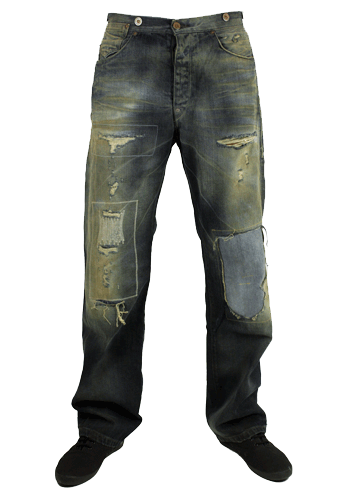Some days ago, Kyle posted a respons to a blogpost by Evan, one of the organizers of GLI.TC/H. I was very happy to see the critique, because I think it is important to get some conversations going and besides that, I recognize some of the problems Kyle brought up about Evans post - I had them too!
First of all: the "true glitch art" and "false glitch art"-divide-issue. I think the true and false binary was first introduced by Iman Moradi in his thesis on glitch art - and this was one of the main problems I had with his thesis. It is a binary problem that I think is not that important to glitch art. It could be used to describe a glitch, but glitch art is a procedural art that (often) explicitly deals with scrutinizing binary oppositions, categories, genres, etc - Glitch art is about in between, breaking open, going beyond, or into a new membrane… so true and false defies what glitch art is about.
This is why I like to think of the word glitch in glitch art as used in a metaphorical manner.
True or false can be a handle or a starting point, but in the end it is not that interesting to me. What I think is more interesting about glitch art is how a work of glitch art breaks this and other forms of categorizing.
That said, there are a couple of other problems with that claim, which are also reflected in your first problem, the building of a framework of glitch. I guess there are two ways to go:
Either you keep glitch art uncategorized (because glitch art defies categorization), or as an organization you do try to set a framework. I think it is an interesting idea to set a framework, if you realize that the glitches that you show will defy the framework and in that way, as an organization, you might be able to show the "transgressive characteristic" of glitch.

Levi's® Vintage 1886 Loose Dirty Wash Jean
Product Code: SAK-13824
Now £ 324.95
+ Free UK Delivery
Be careful because it might feel like I will do a 180 now (oh I would have made such a good skateboarder).
But something does not compute in glitch-art land, or at least within the submissions we have seen at GLI.TC/H. And I am sick and tired to pretend and keep ignoring this. Yes, a glitch is transgressive… yes, glitch art is trying to be transgressive too. But come on! Glitch art or glitch has become a style, a genre, a meme, a form of popular culture as well! There is very often nothing transgressive about glitch art except for that it sort of simulates some form of transgressive-mess. It is a completely accepted form of popular politics. Glitch: the washed out jeans politics.
Fortunately, here also lies another tension. And I think in the submissions, we see this tension coming more and more to the front. On the one hand there are the pushing glitch artists, and on the other hand there are the punks that wear the washed out glitch-jeans politics with or without style. I wished, as I have already made clear in other posts, that in GLI.TC/H we could make this tension more clear. Maybe that is via the building of an exhaustive (or non exhaustive?) framework, or maybe by presenting glitches without borders. I think this is what GLI.TC?H right now has to deal with, thanks to Evan, you and the many (great) datamosh submissions!



No comments:
Post a Comment